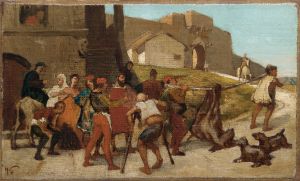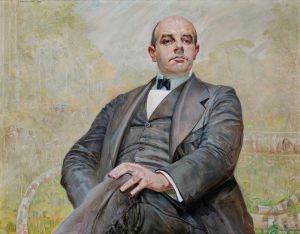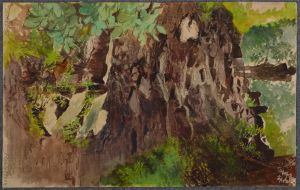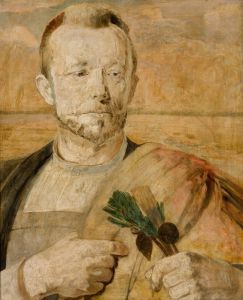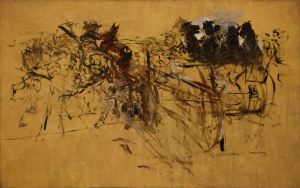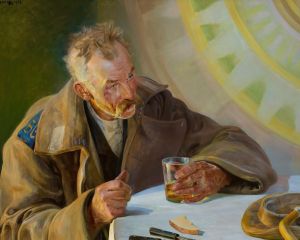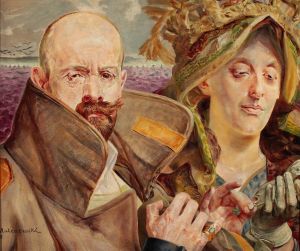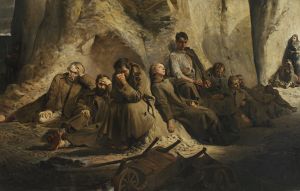
Old man at a water well
A hand-painted replica of Jacek Malczewski’s masterpiece Old man at a water well, meticulously crafted by professional artists to capture the true essence of the original. Each piece is created with museum-quality canvas and rare mineral pigments, carefully painted by experienced artists with delicate brushstrokes and rich, layered colors to perfectly recreate the texture of the original artwork. Unlike machine-printed reproductions, this hand-painted version brings the painting to life, infused with the artist’s emotions and skill in every stroke. Whether for personal collection or home decoration, it instantly elevates the artistic atmosphere of any space.
Jacek Malczewski, a prominent Polish painter associated with the Symbolist movement, created the painting "Old Man at a Water Well" during his prolific career in the late 19th and early 20th centuries. Malczewski is renowned for his unique style that often blends realism with symbolic and allegorical elements, reflecting the complex socio-political landscape of Poland during his lifetime.
"Old Man at a Water Well" exemplifies Malczewski's ability to infuse everyday scenes with deeper meaning. The painting depicts an elderly man standing by a water well, a common and essential feature in rural communities. The well, a source of life-sustaining water, can be interpreted as a symbol of sustenance and the passage of time, themes frequently explored in Malczewski's work. The old man, with his weathered appearance, may represent wisdom, experience, or the inevitable aging process, inviting viewers to reflect on the cycle of life.
Malczewski's use of color and light in this painting is characteristic of his style. He often employed a muted palette, with earth tones that evoke a sense of nostalgia and connection to the land. The lighting in "Old Man at a Water Well" might be used to highlight the textures of the man's skin and clothing, emphasizing the realism of the scene while also creating a contemplative mood.
The setting of the painting, likely inspired by the Polish countryside, reflects Malczewski's deep connection to his homeland. Throughout his career, he frequently drew upon Polish history, folklore, and landscapes, embedding national identity within his art. This connection to Poland is significant, as Malczewski lived during a time when the country was partitioned and its cultural identity was under threat. His works often served as a form of cultural preservation and commentary.
Malczewski's background and education played a crucial role in shaping his artistic vision. He studied at the School of Fine Arts in Kraków and later in Paris, where he was exposed to various artistic movements and ideas. His exposure to Symbolism, in particular, influenced his approach to incorporating allegorical content into his paintings. This influence is evident in "Old Man at a Water Well," where the seemingly simple subject matter is imbued with layers of meaning.
The painting is part of Malczewski's broader oeuvre, which includes numerous works that explore themes of mortality, national identity, and the human condition. His art often features figures from Polish mythology and history, as well as personal symbols that recur throughout his work. While "Old Man at a Water Well" may not include overt mythological references, it aligns with Malczewski's interest in exploring universal themes through a Polish lens.
Jacek Malczewski remains a significant figure in Polish art history, and his works continue to be studied and appreciated for their rich symbolism and emotional depth. "Old Man at a Water Well" is a testament to his skill in capturing the essence of human experience and the cultural context of his time. Through his art, Malczewski offers viewers a window into the soul of Poland and the timeless questions of existence.





